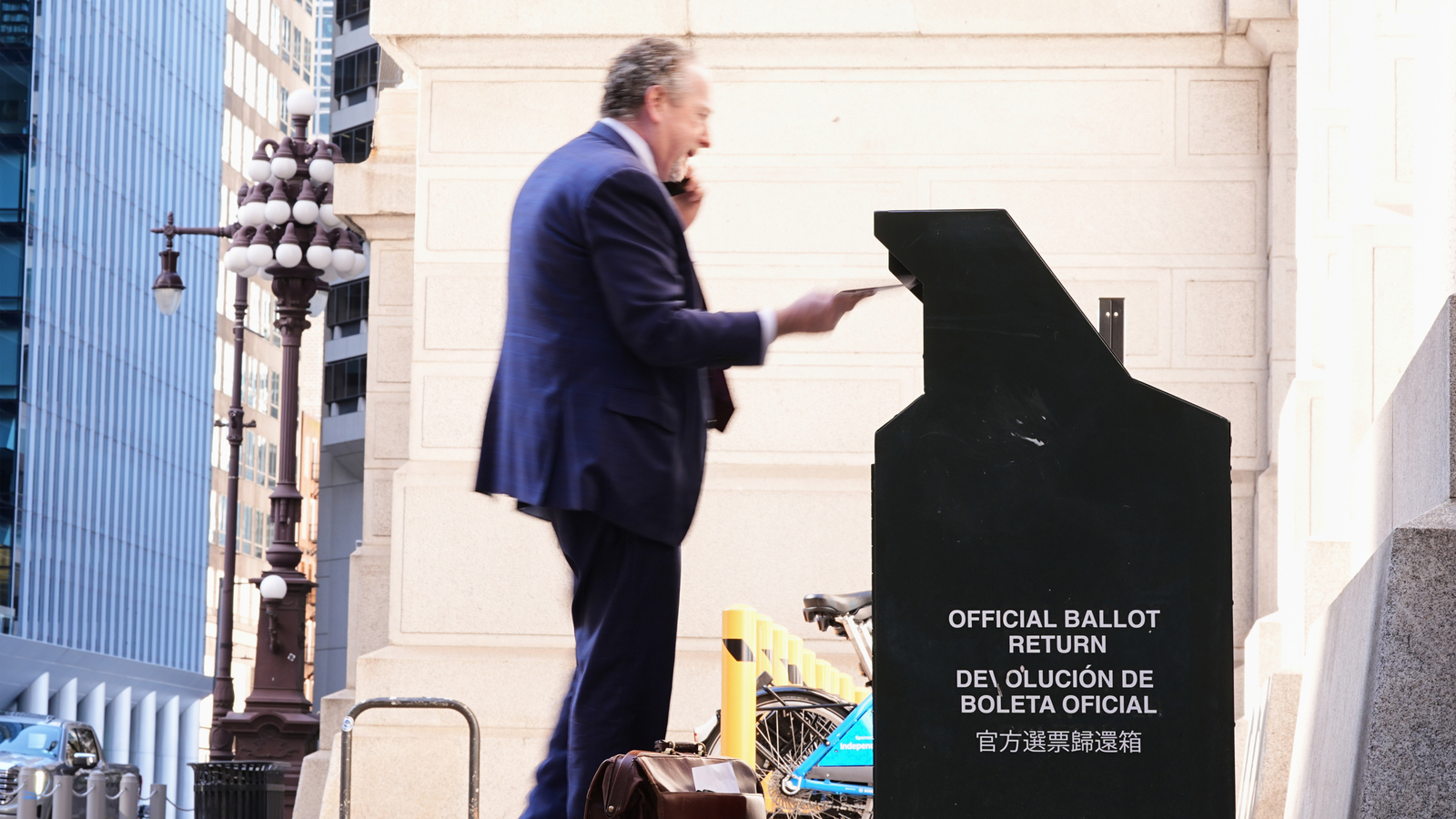Copyright The Associated Press

Uber driver Rosie Ramirez’s electric vehicle can go some 260 miles at full charge, which should be plenty on Oahu. But that mileage is quickly eaten up as Ramirez ferries passengers around the island, and she’s learned the hard way that she can’t count on EV chargers to be available for a top off. Ramirez said she starts planning where to charge once the range is down to about half, and even then she has to be prepared for chargers to be out of commission or for other drivers to have beaten her there. “It’s very frustrating,” she said last week as she sat on a shaded bench next to her 2023 Chevy Bolt at Dole Plantation and waited 45 minutes for it to charge. Ramirez’s fear of being stranded far from home is shared by many electric vehicle owners. Hawaii has one of the country’s highest rates of EV ownership, but state officials have struggled to get enough charging stations online to support them. Electric vehicle registrations — which number about 40,000 cars statewide, compared to about one million gas-powered vehicle registrations — have doubled in the past three years and quadrupled in the past six, according to the state’s most recently published data from October. While the number of public chargers has also increased in that time period, it’s been at a slower rate. A snapshot from the U.S. Department of Energy shows just under 1,000 public chargers statewide, up from about 600 in 2019. To facilitate the state’s goal of shifting fully to renewable energy by 2045, the Department of Transportation plans to improve the charging network, but challenges persist. Exponential Growth Many factors have led to the skyrocketing popularity of electric vehicles in the islands, not least the high cost of gas, which currently averages nearly $4.50 for regular, nearly $5 for premium. There are so many on the streets that city Department of Customer Services director Kim Hashiro announced in May the state was lengthening electric vehicle license plates from four characters to five “to avoid running out of letter-number combinations.” Aki Marceau, who leads Hawaiian Electric Co.’s efforts to promote the use of electric transportation, said a wider array of available vehicle types — not just sports cars and sedans, but pickup trucks and utility vehicles — has expanded the market of buyers. “In the same way that someone who wants a pit bull wouldn’t really be satisfied with a dachshund, someone who wants a pickup truck probably wouldn’t be satisfied with a sedan,” she said. In addition, EVs have become more affordable and are able to travel farther at full charge as technology has progressed. Early models had a hard time holding more than 100 miles of range. A federal tax credit offered up to $7,500 to subsidize a new electric vehicle purchase, but President Donald Trump’s administration ended that in September. Many people rushed to buy electric vehicles ahead of that deadline, and experts in Hawaii are hopeful the upward trend in registrations will continue, even if it’s at a slower pace now that the credit is gone. Chris Yunker, managing director for resilience, clean transportation and analytics at the Hawaii State Energy Office, said money isn’t the best incentive for getting people to switch to electric vehicles. He thinks convenience is a more worthwhile reason to invest. That means improving the charging network. “If you’re spending money, the best place to do it in is that EV charging infrastructure,” he said. “That will support adoption more than anything.” Urban Honolulu has solid coverage by now, but options are more limited in more remote parts of the island. The North Shore, for example, has just a handful of EV chargers along its narrow roads, as does the Waianae Coast and the Windward Coast between Kaneohe and Laie. Ramirez, 45, doesn’t have a charger at her home in Wahiawa because she said it’s too expensive. While prices vary based on the type of charger and the labor required to install it, the cost is generally $1,000 to $2,000. Like those who live in multifamily housing, where it can be prohibitively expensive to retrofit parking stalls to include EV chargers, she relies on the public charging network. Ramirez began renting her Chevy Bolt through Uber because her previous car — a green Jeep she named Ca$h Money Baby — needs maintenance after so much use. But she has to plan ahead because stations are spaced far apart outside of town, meaning when one is out of commission, it’s a long way to the next. She also has arrived to find somebody who got there before her left their car parked indefinitely. Why Haven’t More Chargers Been Built? The state intends to expand its public charging network, according to the Department of Transportation’s recent Energy Security and Waste Reduction Plan. It estimates more than 2,400 chargers will be needed statewide by 2030, with that estimate going up to about 4,000 chargers if electric vehicle adoption is more aggressive. Respectively, meeting demand under those scenarios would cost about $100 million and about $200 million. The DOT did not agree to an interview or provide a statement about how it plans to fund its plans. It’s not as simple as the state building each charger itself. While the state can channel a little less than $18 million of federal funding via the National Electric Vehicle Infrastructure program to build chargers, the network is really a patchwork of different types of chargers built and installed by different companies. One manifestation of that, Marceau said, is inconsistent data among the U.S. Department of Energy’s own figures on the number of chargers in Hawaii. An Alternative Fuels Data Center webpage says Hawaii had 877 chargers at the end of 2023, including those that were temporarily out of commission. But a spreadsheet linked on the same webpage says the state had 938 public chargers that year. Business models for operating these chargers are also still being worked out. Volta, a network of chargers that made revenue through advertising, was bought by the gas company Shell in 2023. Now, Shell is looking to shut down its chargers because the model didn’t make financial sense, according to a report from AdExchange. Public electric vehicle chargers are also susceptible to the same permitting and financial concerns as any other form of development, Marceau said. She said HECO has installed 25 chargers statewide and has received approval from the Public Utilities Commission to install another 25, but HECO’s financial issues in the aftermath of the 2023 Maui wildfires have postponed those plans. “Should — in a future state — our financial situation improve, the increased cap of 25 makes it easier for us to deploy additional charging stations,” Marceau said. Another proposal from HECO, to add 300 charging stations, never received a decision from the Public Utilities Commission after being submitted in 2021, and HECO withdrew the application. The PUC did not respond to a request for comment. The technology itself and government regulations around it to ensure chargers remain operable also have a ways to go, Yunker said. Going forward, he plans to launch a pilot program by installing chargers at workplaces and other areas, then tracking how that affects electric vehicle adoption rates. The goal is to demonstrate that more people will switch to electric vehicles if they have access to charging infrastructure, which he hopes will make it easier to get funding from sources like the clean energy company Hawaii Energy, which gives rebates for building chargers. “It’s a bit about understanding the market, understanding what drives adoption, and then being very efficient in how you deploy the limited funds you have,” Yunker said. “That’s kind of the tactic we’re taking in our strategy around EV charging deployment.” ___



